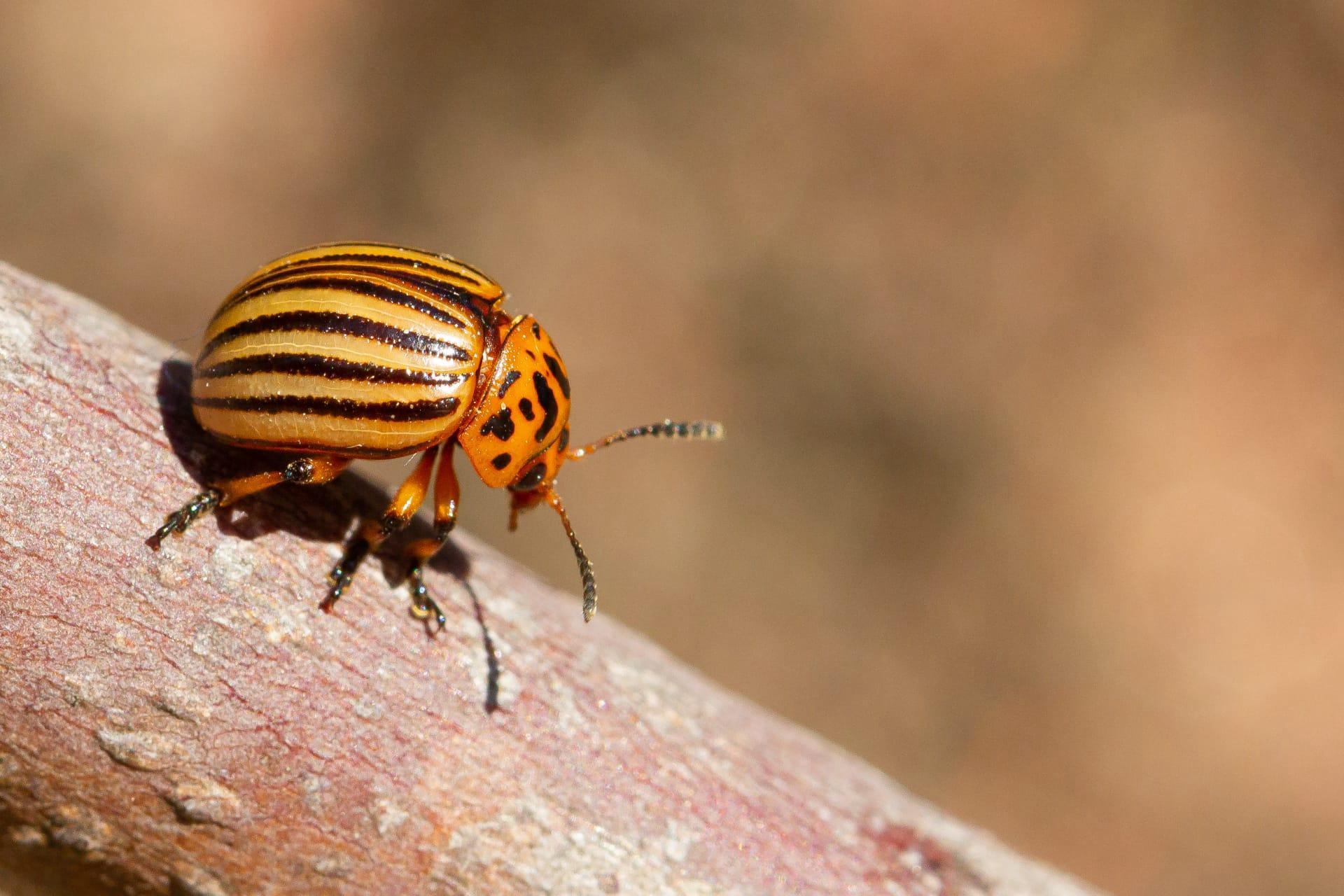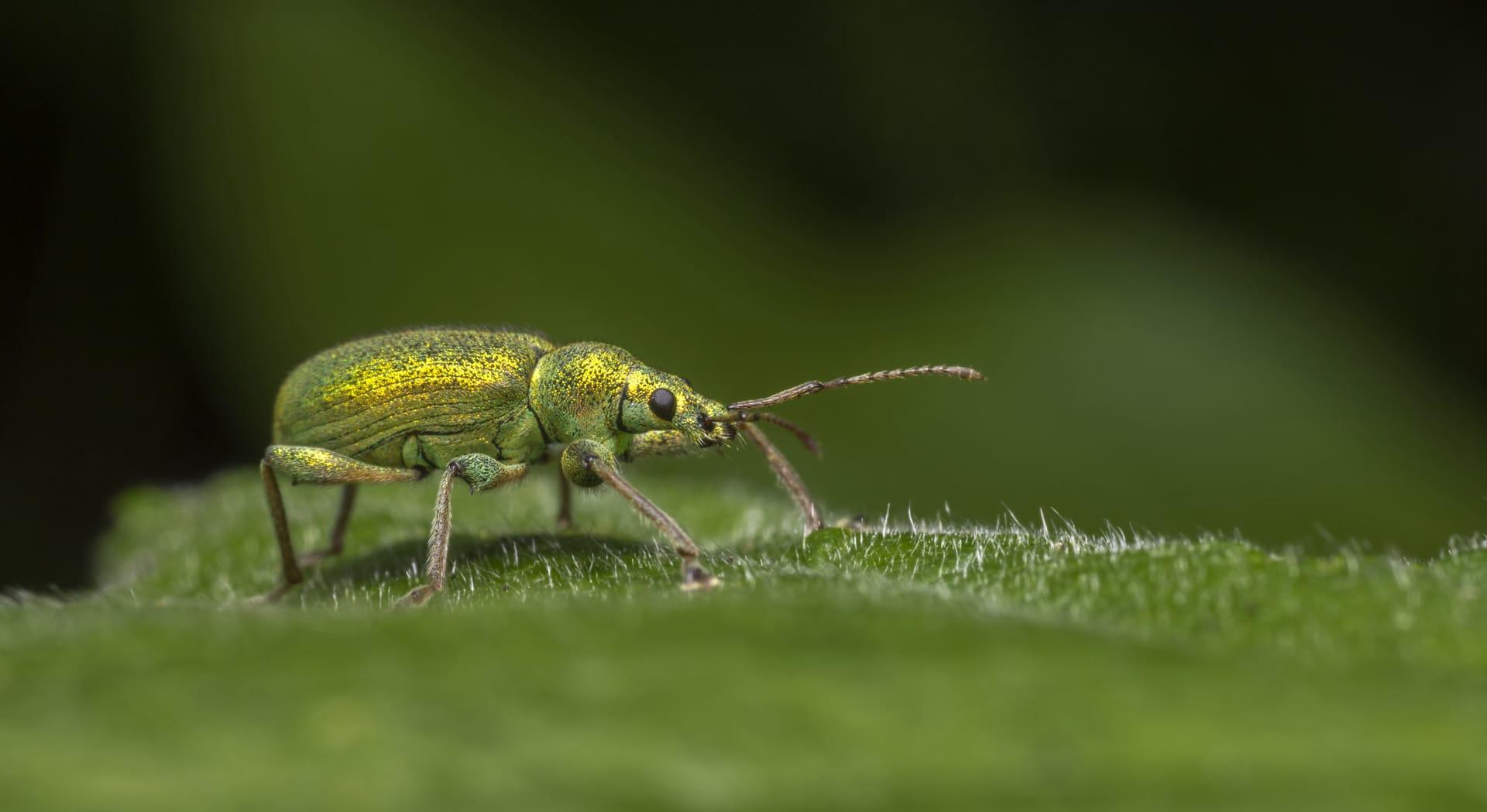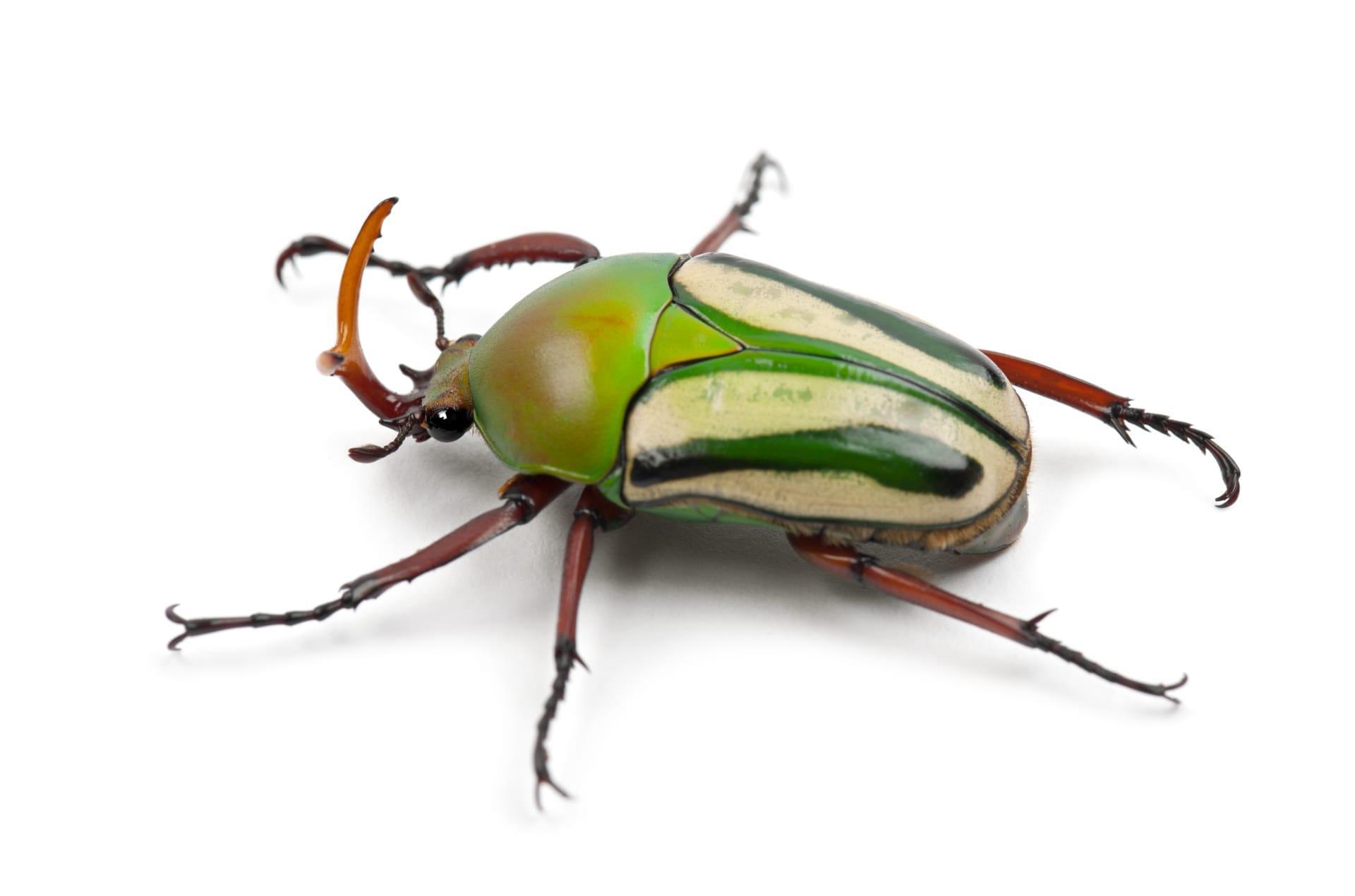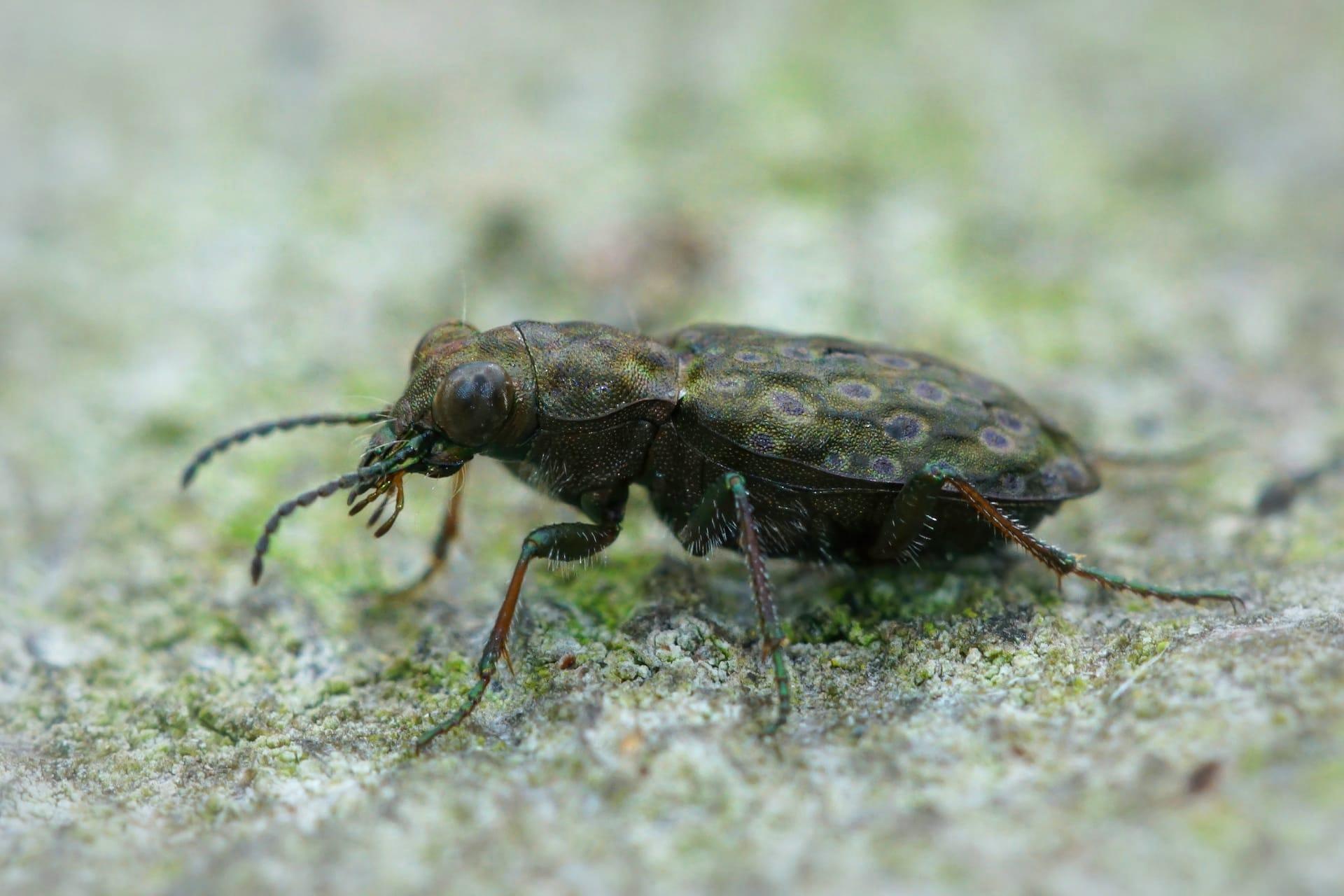1
Beetles are a fascinating group in the insect world, boasting an impressive diversity with over 350,000 known species. This makes them the largest group of animals on Earth, representing about 40% of all known insects. Among their number, the Titan Beetle from South America stands out for its size. It can grow up to 6.5 inches (16.5 cm) in length, making it one of the largest beetles, not just in terms of length but also in robustness. Their larvae are equally impressive, living inside wood and rumored to grow up to 2 inches (5 cm) in diameter, although this is hard to verify as they live deep within trees.
Another striking fact about beetles is their age as a group. They have been around for an incredibly long time, with fossil evidence dating back to the Lower Permian period, over 270 million years ago. This longevity has allowed them to evolve into an incredibly diverse group with a wide range of adaptations. For example, the diving beetle can stay submerged underwater for long periods by trapping air under its wings, while the bombardier beetle can produce a hot, noxious chemical spray as a defense mechanism. These adaptations highlight the beetle's ability to thrive in a variety of environments, from deserts to rainforests.

2
One of the most unique beetles is the Goliath Beetle, which is among the heaviest insects on Earth. Found in Africa, these giants can weigh up to 3.5 ounces (100 grams) in their larval stage. That's as heavy as a standard light bulb! Adult Goliath Beetles are about half this weight but are still formidable in size, with lengths up to 4.3 inches (11 cm). They showcase a variety of vibrant colors and patterns, making them a subject of fascination for entomologists and collectors.
Beetles also play a crucial role in nature as decomposers. The dung beetle, for instance, is famous for rolling dung into balls, which they use as food or breeding chambers. This process is vital for recycling nutrients back into the soil, promoting soil aeration, and even in controlling fly populations. In one day, a dung beetle can bury dung 250 times heavier than itself. It's an unglamorous but essential task, demonstrating the critical role beetles play in ecological systems.

3
Beetles have also influenced human culture in various ways. In Ancient Egypt, the scarab beetle was revered as a symbol of regeneration and creation. Scarabs were often depicted in jewelry, amulets, and art, representing life, transformation, and protection. This beetle, which rolls balls of dung across the ground, was linked to Khepri, the god of the rising sun, who was believed to roll the sun across the sky each day.
Another fascinating aspect is the beetle's ability to inspire biomimicry in science and engineering. For example, the Namib Desert beetle has a unique way of harvesting water in its arid habitat. Its back has a pattern of bumps and grooves that condense and channel fog into its mouth. This has inspired engineers to develop new, efficient ways of collecting water in dry regions. The beetle's simple yet effective method shows how much we can learn from these small but incredible creatures.

4
The firefly, a type of beetle, is known for its bioluminescence. This ability to produce light is a form of chemical reaction that occurs in specialized light-emitting organs, usually on the lower abdomen. The light, which can be yellow, green, or pale red, is used for attracting mates or prey and is highly efficient, producing light with little heat. This has intrigued scientists, leading to research into energy-efficient lighting and bioluminescent markers in biological research.
Beetles are not just diverse in form but also in behavior. The Australian jewel beetle made headlines for its unusual mating behavior. These beetles were observed trying to mate with discarded brown beer bottles, mistaking them for large, attractive female beetles. This quirky mistake demonstrates how visual cues in nature can sometimes lead to unexpected interactions with human-made objects, offering insights into the evolutionary aspects of animal behavior.

5
Some beetles have developed remarkable strategies for survival in extreme conditions. The ironclad beetle, native to North America, has an exoskeleton so tough it can withstand being run over by a car. This incredible strength is due to a unique structure of interlocking plates, which scientists are studying for applications in aerospace engineering, hoping to develop new, more resilient materials.
The relationship between beetles and plants is often a complex one. The mountain pine beetle, for instance, is notorious for its impact on pine forests in North America. These beetles bore into pine trees, lay their eggs, and introduce a deadly fungus.